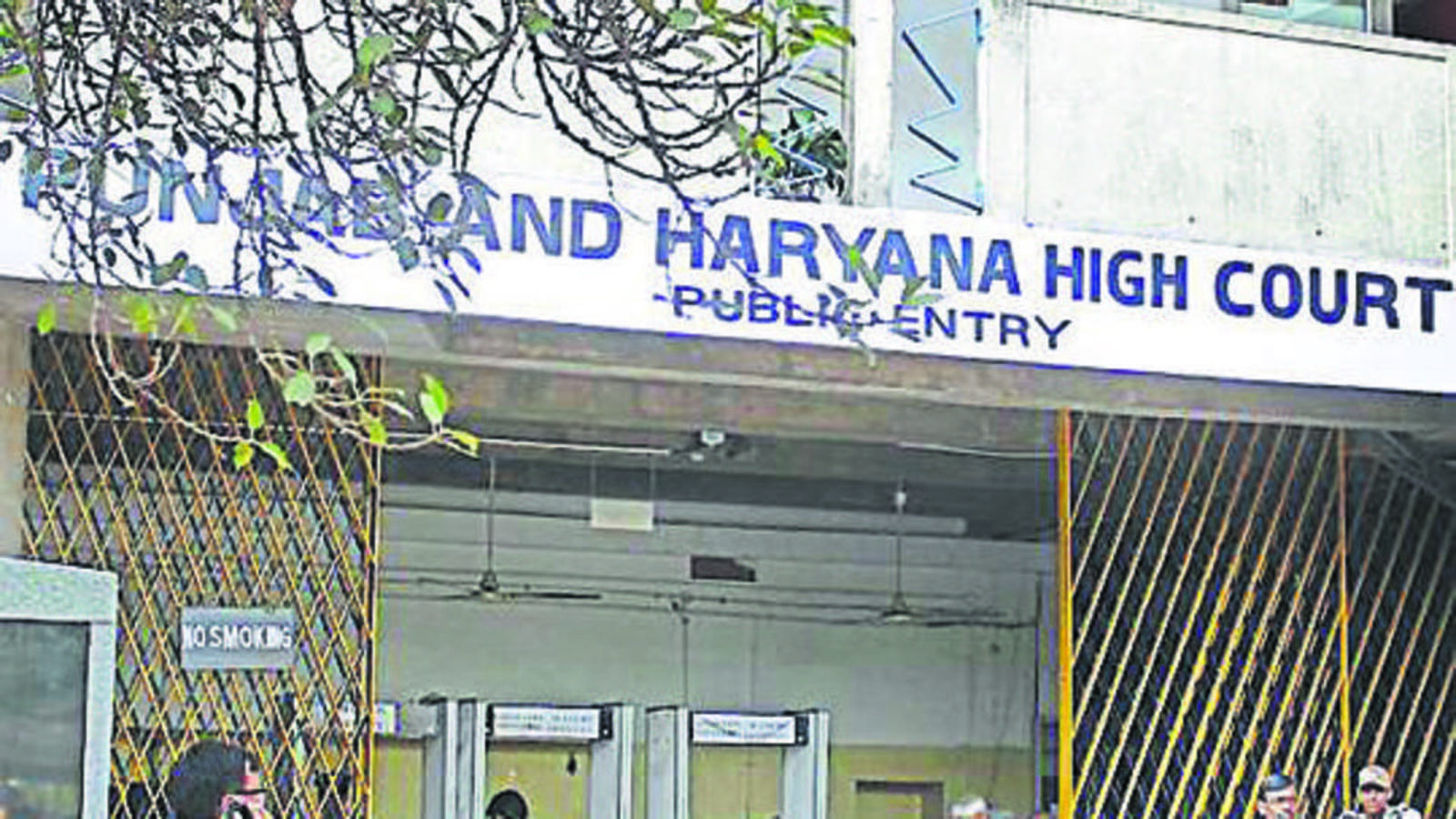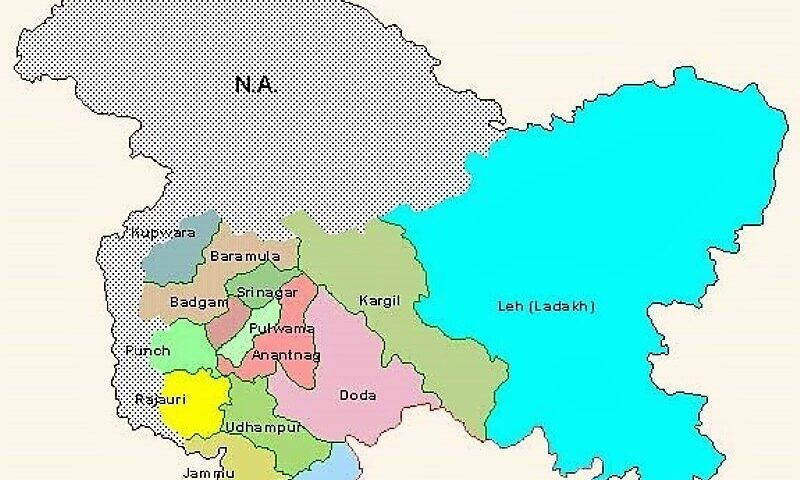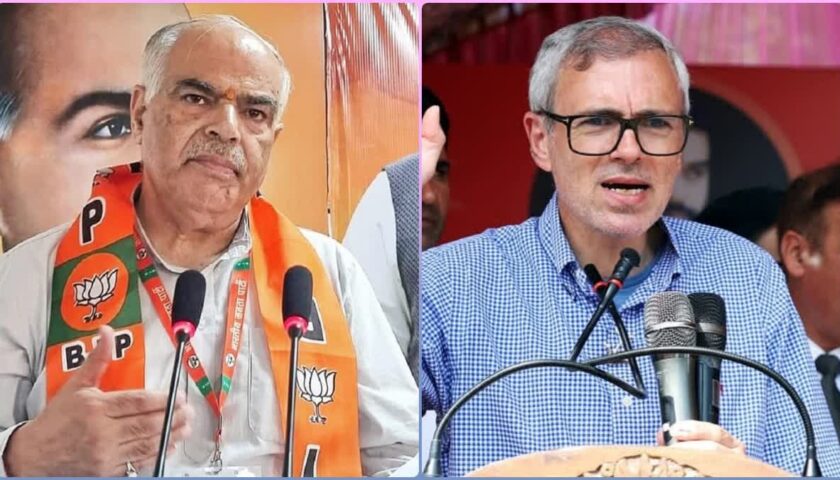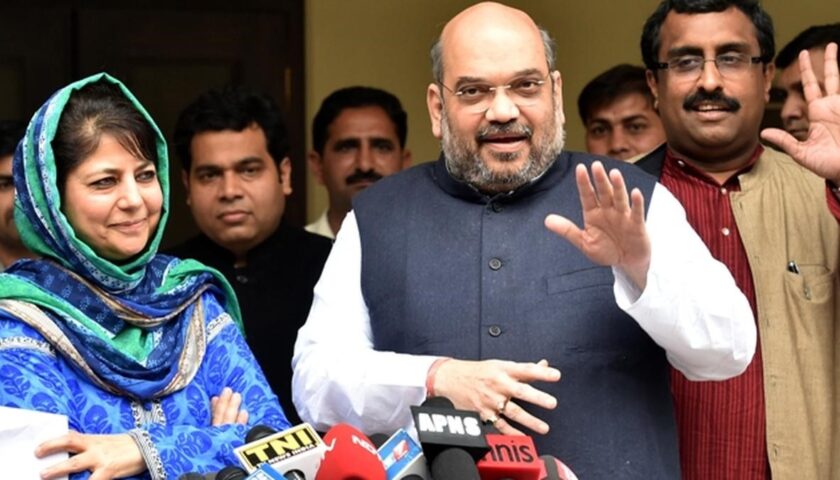A Judge Under Scrutiny
Judge Tejwinder Singh was once hailed as a symbol of courage and fairness in India’s judicial system. Revered for his role in the 2019 Kathua rape and murder case verdict, Singh became a household name and a beacon of hope for justice seekers across the nation. But in a dramatic turn of events, the same judge now finds himself under a cloud of controversy. His compulsory retirement by the Punjab and Haryana High Court has stirred national debate over judicial accountability, integrity, and the fine balance between independence and oversight.
This article explores Judge Singh’s judicial journey, the allegations that led to his exit, and the broader implications for India’s legal framework.
The Meteoric Rise of Judge Tejwinder Singh
The Youngest Magistrate in India
Tejwinder Singh’s judicial career began in 1991 when he was appointed India’s youngest magistrate at just 23 years old — a record-breaking milestone. His ascent was characterized by discipline, intellect, and a relentless commitment to public service. His early rulings earned him a reputation as a tough but fair magistrate, particularly in civil and criminal law.
A Career of Quiet Excellence
Over nearly three decades, Singh presided over a range of sensitive and high-stakes cases. Colleagues often described him as meticulous, morally upright, and immune to political pressures. His courtrooms, though no-nonsense, were known for transparency and procedural diligence.
The Kathua Case — A Defining Moment for Indian Justice
The Case That Shook a Nation
In January 2018, the rape and murder of an eight-year-old girl in Kathua, Jammu and Kashmir, sent shockwaves through India. The child, belonging to a nomadic Muslim community, was lured, drugged, gang-raped, and murdered in a Hindu temple — a crime that brought religious and political tensions to the forefront.
Singh’s Role in the Verdict
As the presiding judge, Singh navigated immense media scrutiny, political interference, and societal pressure. In June 2019, he convicted six of the seven accused, delivering what was widely seen as a balanced and courageous verdict.
Public and Legal Community Reaction
The verdict was praised across political and ideological lines. Legal commentators described it as a “landmark in child rights jurisprudence,” while women’s rights groups lauded Singh for sending a strong message against gender-based violence. His ruling was not just legal—it was moral.
Cracks Beneath the Surface — Allegations Surface
Unapproved Construction
In early 2024, allegations emerged that Singh had constructed a residential house without the requisite municipal and legal permissions. The violation, though seemingly minor, raised eyebrows due to the judge’s stature and the emphasis on procedural law that marked his career.
Alleged Favors from Litigants
More damaging were the whispers that Singh had accepted undue favors from parties involved in cases before his bench. Though details remain murky, even the suggestion of such impropriety carries significant weight in judicial ethics.
The Vigilance Probe
The Punjab and Haryana High Court’s vigilance wing launched a confidential investigation, seeking to determine whether the allegations held substance or were politically motivated. After months of inquiry, the findings suggested administrative lapses and ethical red flags that could not be ignored.
The Fall — Compulsory Retirement Announced
The High Court’s Decision
On the basis of the vigilance report, the High Court recommended Judge Singh’s compulsory retirement. While the move is administrative rather than punitive, it effectively ends his judicial career. The decision was taken under Article 235 of the Constitution of India, which gives High Courts the power to supervise the conduct of judicial officers.
The Language of the Order
The court noted “administrative unsuitability” rather than direct guilt. The choice of language is significant—it allows the judiciary to safeguard its internal integrity without engaging in a prolonged and potentially damaging public trial.
Reactions from the Public and Legal Circles
A Divided Audience
Public response to Singh’s compulsory retirement has been sharply divided:
-
Supporters of Judicial Integrity applauded the High Court’s action, arguing that even the most high-profile judges must be held to account.
-
Civil Liberties Advocates expressed concern over the lack of transparency in the process, warning that such removals can have a chilling effect on judicial independence.
Voices from the Bar
Senior advocates and bar associations are treading cautiously. While most agree that judicial integrity is paramount, some have called for more clarity in procedures around internal investigations.
Judicial Accountability in India — A Growing Trend
Not an Isolated Case
Judge Singh’s retirement is part of a broader pattern. In the last two years alone, the Punjab and Haryana High Court has taken action against more than two dozen judicial officers for misconduct ranging from bribery to absenteeism.
High Stakes for a High Office
Judges in India enjoy constitutional protection, but they are not immune to oversight. Mechanisms like internal vigilance wings, administrative reviews, and judicial service commissions are increasingly active — though often opaque.
Transparency Vs Confidentiality
The judiciary walks a tightrope between maintaining public trust through transparency and protecting institutional stability through confidentiality. Critics argue that greater disclosure would enhance accountability, while defenders caution against “trial by media.”
Institutional Lessons and Reforms
Need for Codified Ethics
India lacks a clear, binding judicial code of conduct. While the Supreme Court issued a ‘Restatement of Values of Judicial Life’ in 1997, it remains advisory in nature. Experts argue that the Singh case strengthens the call for a codified, enforceable ethics charter for all judges.
Whistleblower Protections
The Singh episode has raised awareness about the vulnerability of judicial whistleblowers. Reforms could include protections for insiders who expose wrongdoing and guidelines for external audits.
Balancing Power and Accountability
As India’s democracy matures, the public expects institutions to self-regulate effectively. The Singh case may well be a catalyst for overdue reforms in how the judiciary monitors its own.
Bottom-Line: A Fall from Grace, A Lesson for the System
Judge Tejwinder Singh’s compulsory retirement is a poignant paradox. A man once celebrated for upholding justice now exits the system under the shadow of suspicion. But this fall is not merely personal — it is institutional. It calls into question how India’s judiciary identifies, nurtures, and regulates its stewards of justice.
Accountability is essential, but so is fairness. In dealing with its own, the judiciary must maintain both — or risk losing the trust it so critically commands.
As we grapple with the consequences of this case, one truth remains unshaken: a robust, fair, and transparent judiciary is not just the foundation of democracy — it is its shield.




